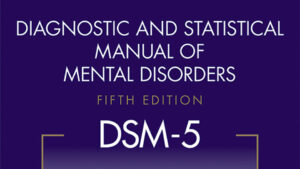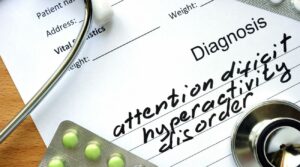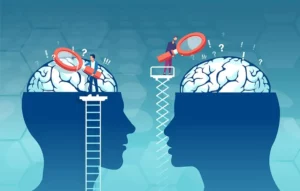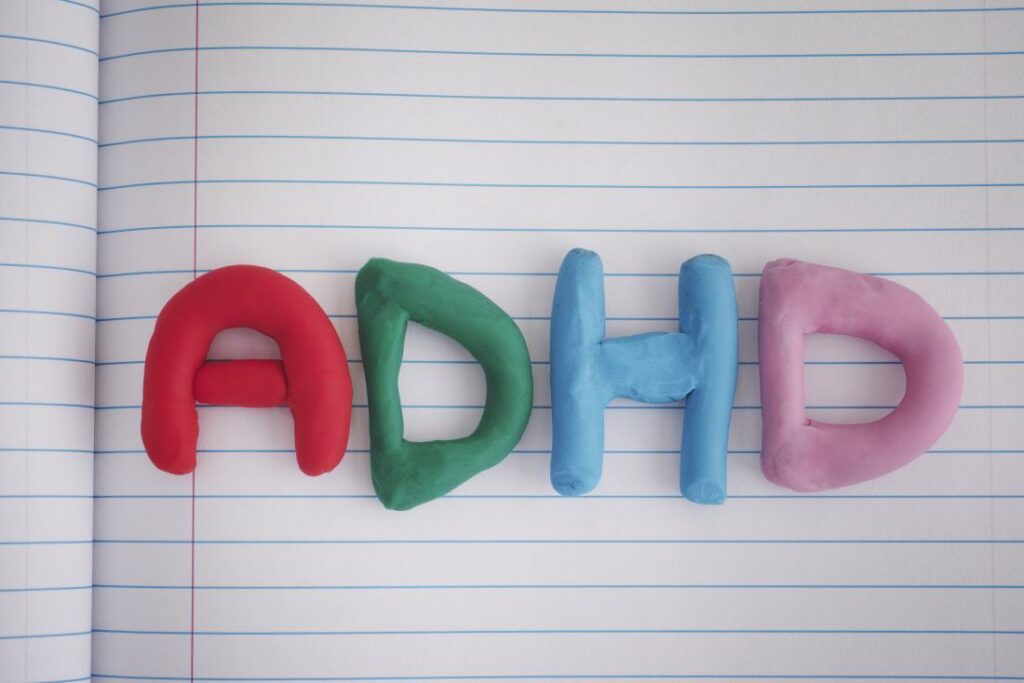The American Psychiatric Association has just released the fifth edition of the Diagnostic and Statistical Manual of Mental Disorders (DSM-5), and with it comes a new diagnosis for ADHD. If you or someone you know has been struggling with symptoms of ADHD, it’s important to learn about the changes that happen in the diagnostic criteria. In this blog post, we will discuss what you need to know about DSM-5 ADHD.
Contents
Defining ADHD
Attention-deficit/hyperactivity disorder (ADHD) is a neurodevelopmental disorder that characterizes by problems with attention, hyperactivity, and impulsivity. The symptoms of ADHD can begin in childhood and persist into adulthood. It is estimated that ADHD affects around 11% of children and adolescents, and about half of those affected will continue to experience symptoms into adulthood.
What Is DMS-5?

The Diagnostic and Statistical Manual of Mental Disorders, Fifth Edition (DSM-V) is published by the American Psychiatric Association and is used by mental health professionals to diagnose mental disorders. The DSM-V is currently in its fifth edition, which was released in 2013. It is the most recent edition of the DSM.
ADHD In DSM-5
The DSM-IV-TR, which was the previous edition of the DSM, listed three subtypes of ADHD: predominantly inattentive type, predominantly hyperactive-impulsive type, and combined type. The new edition of the DSM has eliminated these subtypes and instead lists two presentations of ADHD: hyperactive/impulsive presentation and inattentive presentation.

To get a diagnosis for ADHD in DSM-5, an individual must meet the following criteria:
Criteria 1
A. Six or more symptoms of inattention for children up to age 16, or five or more for adolescents 17 and older and adults; symptoms of inattention have been present for at least six months, and they are inappropriate for developmental level:
- Fails to give close attention to details or makes careless mistakes in schoolwork, work, or other activities
- Has trouble sustaining attention in tasks or play activities
- Often does not seem to listen when spoken to directly
- Does not follow through on instructions and fails to finish schoolwork, chores, or duties in the workplace (not due to oppositional behavior or failure to understand instructions)
- Has difficulty organizing tasks and activities
- Avoids, dislikes or is reluctant to engage in tasks that require sustained mental effort (such as schoolwork or homework)
- Loses things necessary for tasks or activities (e.g., toys, school assignments, pencils, books, tools, wallets, keys, paperwork, eyeglasses, mobile telephones)
- Is easily distracted by extraneous stimuli
- Is often forgetful in daily activities
Criteria 2
B. Six or more symptoms of hyperactivity-impulsivity for children up to age 16; five or more for adolescents 17 and older and adults; symptoms of hyperactivity-impulsivity have been present for at least six months to an extent that is disruptive and inappropriate for developmental level:
- Fidgets with hands or feet or squirms in seat
- Leaves seat in situations when remaining seated is expected
- Runs about or climbs excessively in situations in which it is inappropriate (in adolescents or adults, may be limited to subjective feelings of restlessness)
- Often has difficulty playing or engaging quietly in leisure activities
- Is often “on the go” acting as if “driven by a motor”
- Often talks excessively
- Blurts out answers before questions have been completed
- Has difficulty awaiting turn
- Interrupts or intrudes on others (e.g., butts into conversations or games)
Criteria 3
C. Some hyperactive-impulsive or inattentive symptoms that caused impairment were present before age 12 years.
Criteria 4
D. Some impairment from the symptoms is present in two or more settings (e.g., at school [or work] and a home).
Criteria 5
E. There must be clear evidence of significant impairment in social, academic, or occupational functioning.
Criteria 6
F. The symptoms do not happen exclusively during a psychotic disorder and are not better explained by another mental disorder (such as mood disorder, anxiety disorder, dissociative disorder, personality disorder, substance intoxication, or withdrawal).
What’s New In DSM-5?
The biggest change to the DSM-5 is the inclusion of a new diagnosis for ADHD. In the previous edition of the DSM (DSM-IV), ADHD categorizes as a disorder that could only happen in children. However, in DSM-5, ADHD can now have diagnosed in adults. In addition, the criteria for diagnosing ADHD have changed.
The most important change in the diagnostic criteria for ADHD is the elimination of the subtypes. This means that individuals with ADHD will now get a diagnosis on the basis of their specific symptoms, rather than getting classifications in one of three categories. Additionally, the DSM-5 has made some changes to the age criteria and the number of symptoms required for a diagnosis. These changes intend to make the diagnosis of ADHD more accurate and to ensure that individuals who meet the criteria for a diagnosis also have a chance for assessment.
Who Can Diagnose ADHD?

The DSM-5 states that ADHD can have diagnosed by a mental health professional with a license, such as a psychiatrist, psychologist, or clinical social worker. However, it is important to note that the diagnosis should only happen after a comprehensive evaluation. This evaluation should include a thorough medical history, a physical examination, and an assessment of symptoms. In addition, the individual getting the diagnosis should also have an interview to rule out other potential causes of their symptoms.
What Are the Treatment Options for ADHD?
There is no one-size-fits-all approach to treating ADHD. However, the most effective treatment plans will typically involve a combination of medication and behavioral therapy.
Medication can help to control symptoms and make it easier for individuals to focus and concentrate. It involves the use of stimulant medications, such as methylphenidate and amphetamines. These medications are generally safe and effective when used as directed. However, they can have some side effects, so it is important to discuss the risks and benefits with a doctor before starting any medication.
Behavioral therapy can teach individuals coping skills and help them to develop better organizational habits. In some cases, other forms of treatment, such as neurofeedback or counseling, may also be recommended. Therapy is typically most effective when it tailors to the individual’s specific needs and goals.
An individual can also focus on self-help strategies to manage their symptoms. Some self help strategies that may be helpful include:
- Staying organized
- Breaking tasks down into smaller goals
- Setting regular reminders
- Limiting distractions
- Exercising regularly
- Eating a healthy diet
Making these lifestyle changes can be difficult, but they can make a big difference in managing symptoms.
Conclusion
In conclusion, ADHD in DSM-5 is a new diagnosis. The criteria for this diagnosis have changed from the previous edition of the DSM, and it is now necessary to meet a specific set of symptoms to receive a diagnosis. If you think you or someone you know may have ADHD, it is important to seek professional help. A licensed mental health professional can conduct a comprehensive evaluation and rule out other potential causes of symptoms.
For more information, please contact MantraCare. ADHD is a neurodevelopmental disorder characterized by difficulty in paying attention, hyperactivity, and impulsivity. If you have any queries regarding Online ADHD Counseling experienced therapists at MantraCare can help: Book a trial ADHD therapy session


